The Poly
24 Church St, Falmouth : 01326 319461
The Royal Cornwall Polytechnic Society
What's On Calendar
Have a look at the calendar text here to see what's coming up.
Search results // house
Your returned search results are below.
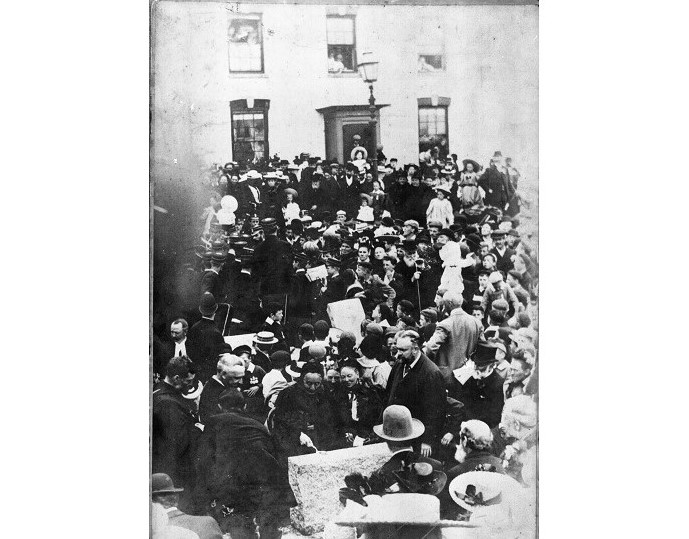
27 - Wellington Terrace School
Former school buildings, such as Wellington Terrace School, were requisitioned as military hospitals. Children continued to be taught in other places, including the Friend’s Meeting House in New Street. The foundation stone for the school was laid by Miss Anna Maria Fox of Penjerrick on 22nd June 1897.

Howard Spring
Marion Howard Spring wrote in her memoir "Howard":
"When we moved to Falmouth, Howard became very much interested in the doings of the Royal Cornwall Polytechnic Society. It was housed in an old building which became a centre of the arts - drama, opera, ballet, painting, etc., and money was much needed for the upkeep of the place. .....the Polly, as it was always affectionately termed."
Read more here:Howard Spring: The Plays
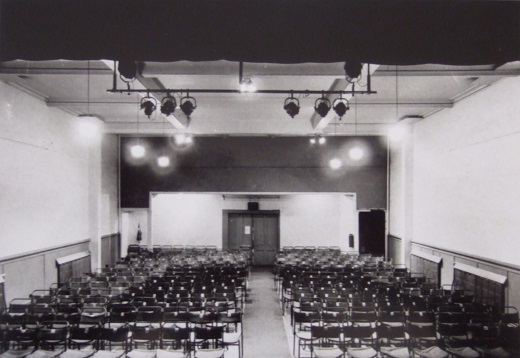
The Poly in the time of Howard Spring
When Howard Spring joined the RCPS in 1940, it was a Society of 217 members. The Church Street building was owned by the Society, but parts of it were sub-let. There was a Library and the Falmouth Museum was housed in the gallery above the Large Hall and in the Chellew Room. A caretaker was employed.
Elsewhere in Falmouth the Society ran a Meteorological Observatory. The focus of the Society as reflected in the Annual Reports of the 1940's was Cornwall wide, not only Falmouth, with lectures, visits, an essay competition, weather reporting, a library and museum.
Read about Howard Spring's involvement with The Poly here.
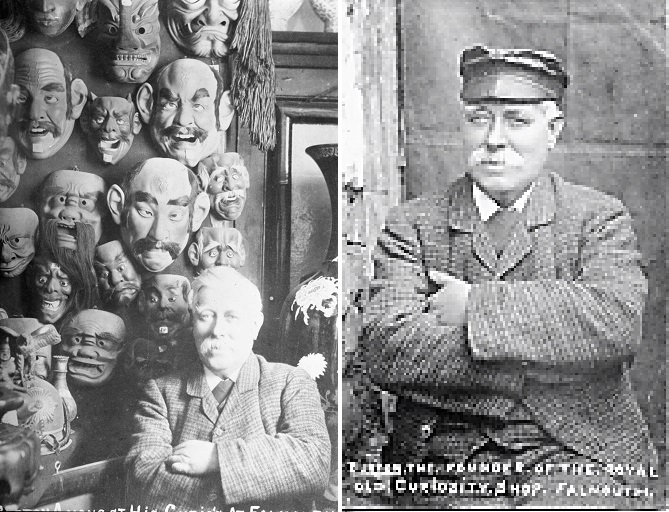
John Burton
John Burton (1839-1907) was born on 10 November at Lostwithiel. At the age of 22 he left home and came to Falmouth where he founded the world-famous Old Curiosity Shop at 27 Market Street (now Boots opticians and hearingcare). H.R.H. the Prince of Wales (later King Edward VII) made some purchases by commission, being unable to ‘call upon him’, during his visit to Falmouth in 1887. Always the entrepreneur, he offered £500 for Smeaton’s Lighthouse when it was replaced by the new Eddystone Lighthouse. His bid was unsuccessful, and the lighthouse was given to Plymouth on the condition that the town paid the cost of removing it and re-erecting it on the Hoe, where it stands to this day.
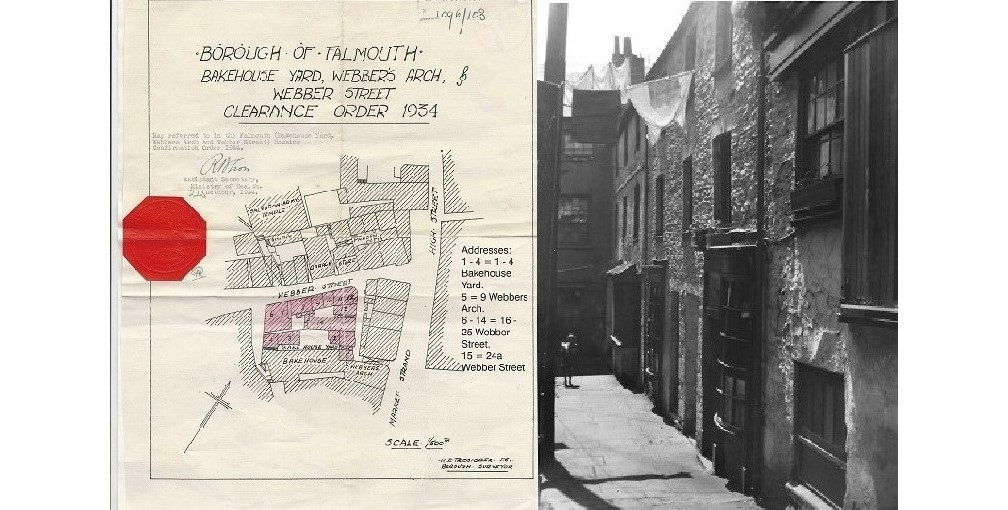
Bakehouse Yard, off the south side of Webber Street
Bakehouse Yard, part of the 1934 programme of Clearance Orders
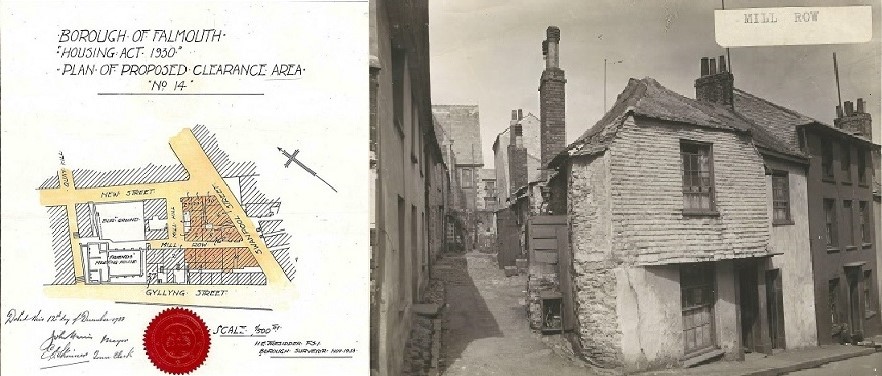
Mill Row, off Swanpool Street
Note the Friends' Meeting House at the far end of the Row. Included in the Clearance programme, November 1933.
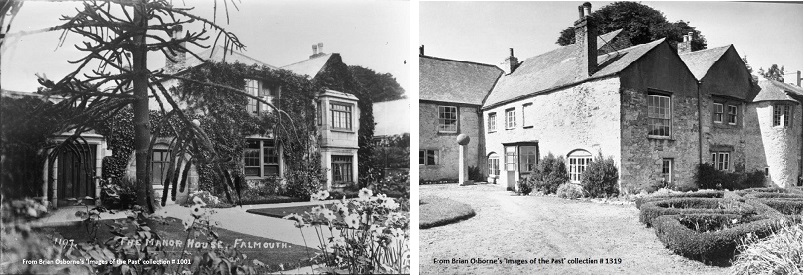
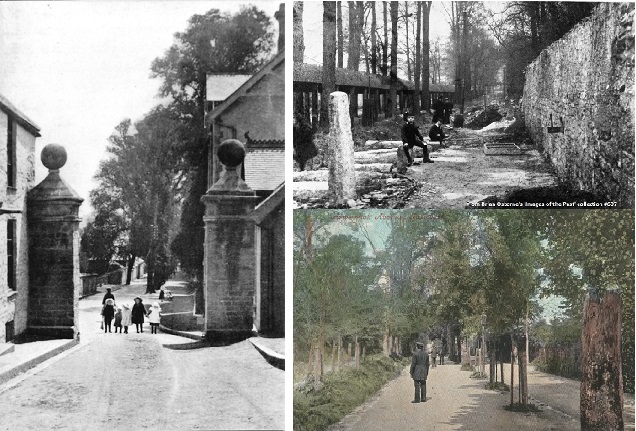
Arwenack Avenue
The original carriage drive to the manor house, still today distinguished by its solid granite gateposts. Used for many years as a covered ropewalk for the spinning and manufacture of rope.
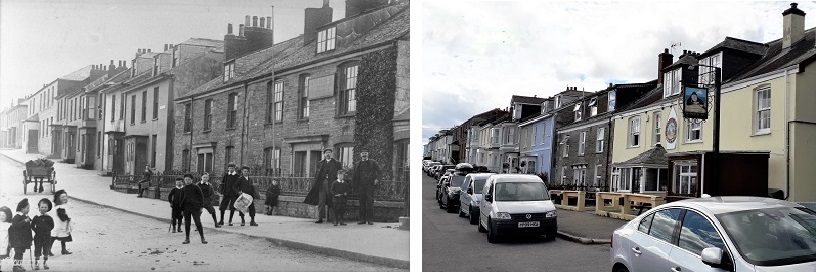
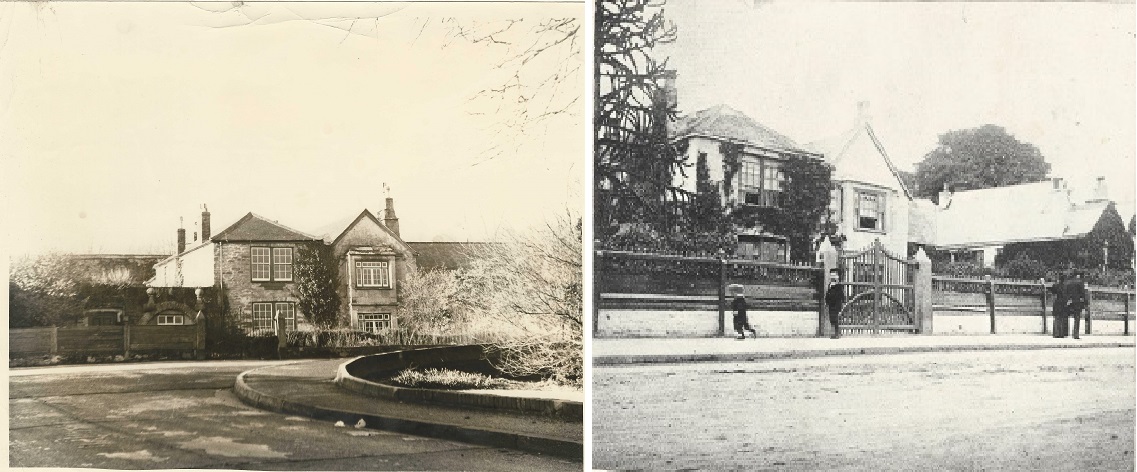
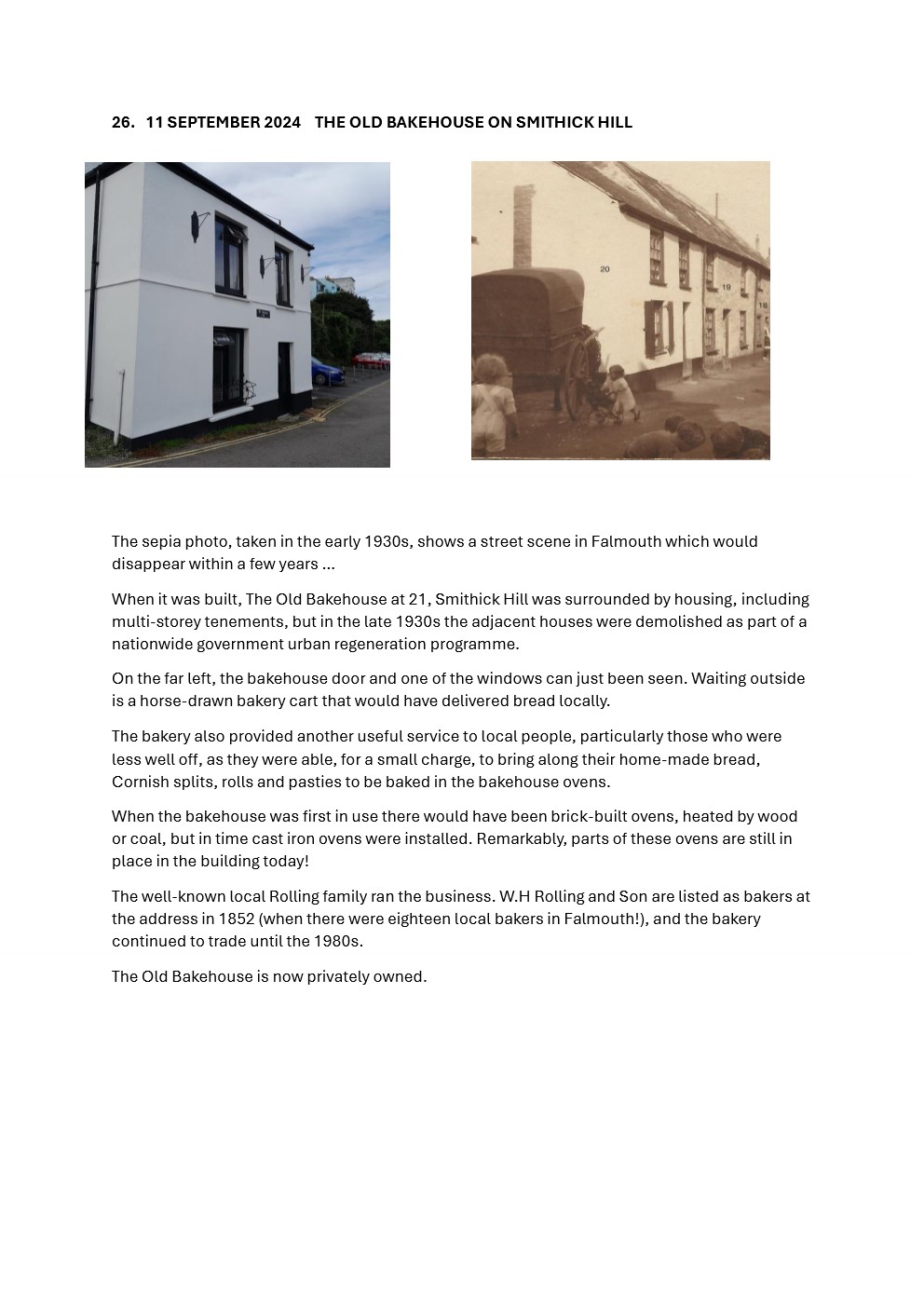

 Calendar
Calendar